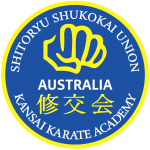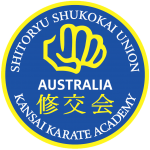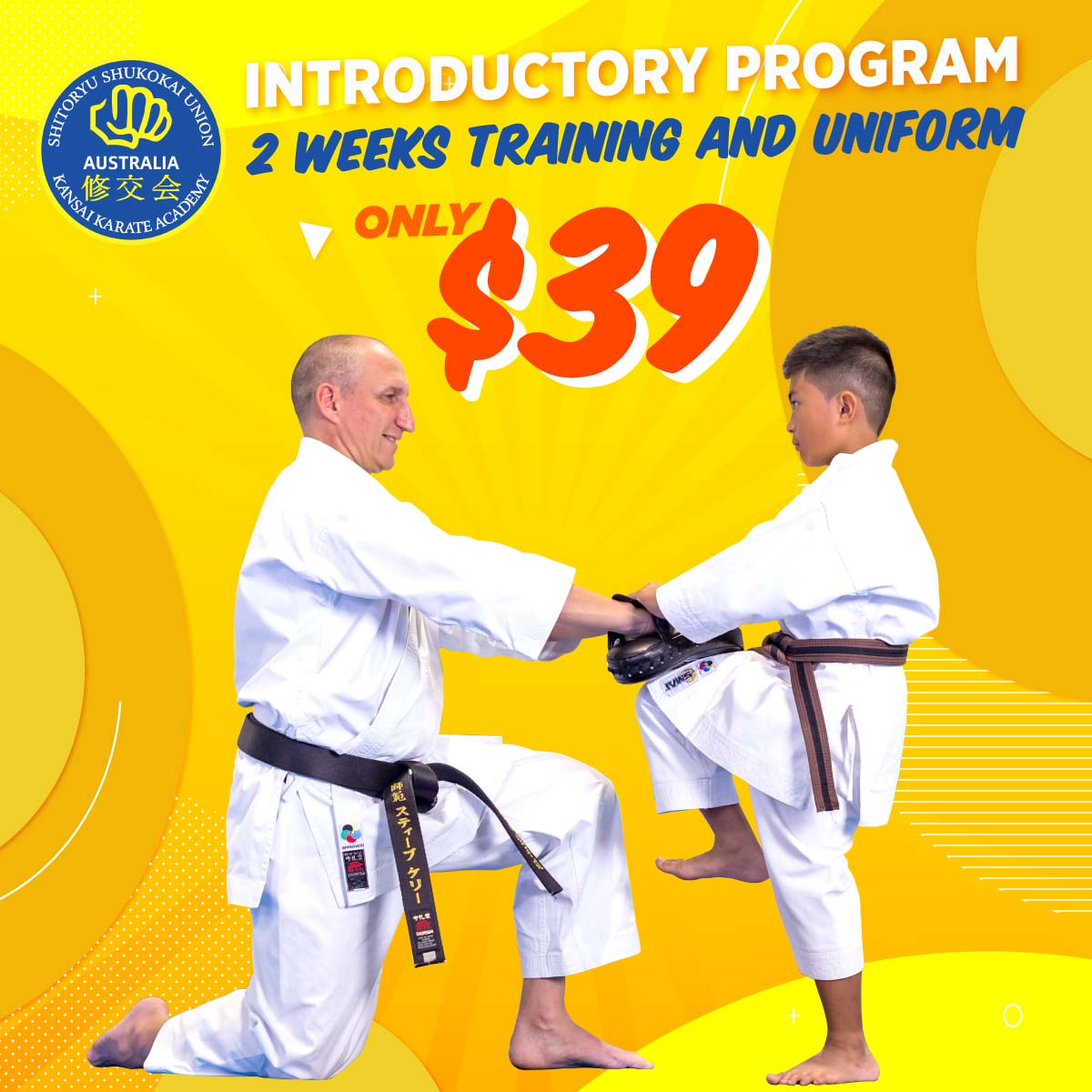Being a direct descendent of Shito-Ryu, Shukokai inherits the characteristics of both the Naha-te and Shuri-te styles of Okinawan Karate. Kenwa Mabuni merged the techniques and principles of the styles he learned from his teachers Kanryu Higaonna, and Anko Itosu to form his Shito-Ryu style of Karate.
As such, Shukokai combines the circular breathing techniques from Naha-te and the quick linear movements of the Shuri-te styles.

This is apparent in the katas performed within Shito-Ryu Shukokai. Katas like Sanchin, Tensho, and Suparunpei are handed down from the Naha-te traditions, while katas like Annanko, Matsukaze, and Bassai-Dai are handed down from the Shuri-te traditions.
Upon close examination, one can see the similarities between Tensho, Sanchin, and Suparunpei, and the similarities between Bassai-Dai, Annanko, and Matsukaze, and what makes the Naha-te katas different from the Shuri-te katas. Also notable is the relatively high number of katas within Shito-Ryu Shukokai.
This is a direct result of Master Mabuni’s experience with both the Naha-te and Shuri -te styles, and the reason why he was renowned throughout Japan as the foremost expert on kata.
Another attribute that distinguishes Shito-Ryu Shukokai Karate from other styles is the execution of techniques. While Shito-Ryu Shukokai shares many of the same punches, kicks, and blocks found in other popular styles of Karate, it is in how these are executed that sets Shito-Ryu Shukokai apart.
Sensei Tani made his greatest contributions to the style by continually refining each technique to the highest degree, essentially re-defining the basics that had been practiced for centuries. Both made the study of body mechanics their primary focus with the end result being the delivery of the greatest impact with the least amount of effort.
Another defining characteristic is that each technique must be combat effective. Sensei Tani believed that a technique, no matter how powerful, was useless if it could not be delivered under combat situations. His philosophy was that the outcome of a confrontation should be decided in a single technique, “one hit one kill”, as per the way of the samurai of old.
This drove him to continually modify and test his technique throughout the course of his life with the end result being the traditional,Shito-Ryu Shukokai. Every technique executed within Shito-Ryu Shukokai has these defining principles at its very core.

